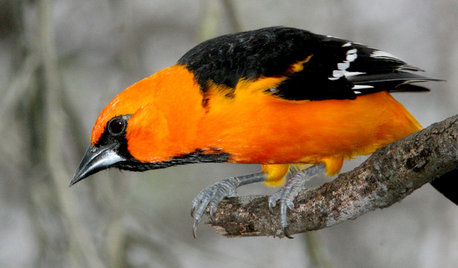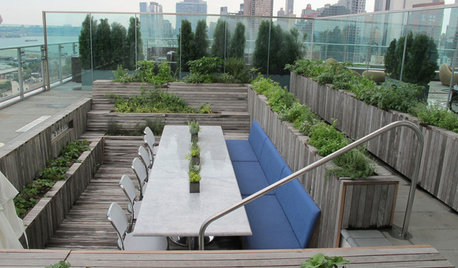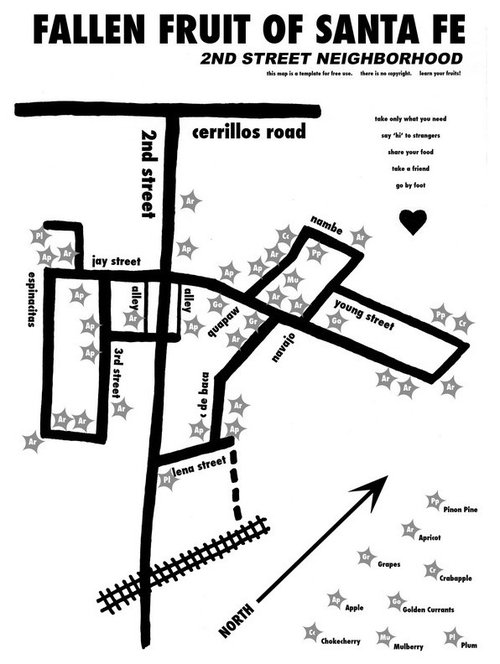Anyone forage for fruit using a map from 'Fallen Fruit'?
fabaceae_native
11 years ago
Related Stories

EDIBLE GARDENSHow to Grow 10 Favorite Fruit Trees at Home
Plant a mini orchard in fall, winter or early spring to enjoy fresh-off-the-tree fruit the following year
Full Story
FARM YOUR YARDIf You Have Room for Only One Fruit Tree ...
Juice up a small garden with one of these easier-care or worth-the-effort fruit trees for a mild climate
Full Story
EDIBLE GARDENSSummer Crops: How to Grow Tomatoes
Plant tomato seedlings in spring for one of the best tastes of summer, fresh from your backyard
Full Story
EDIBLE GARDENSHow to Grow Your Own Sweet Summer Crops
This guide will help any gardener get started on growing the freshest warm-season veggies and berries for summer
Full Story
GARDENING GUIDESBackyard Birds: Orioles Return After Spending Winter in the Tropics
These colorful songbirds prefer woodlands and forest edges, but they’ll visit yards with fruit-producing trees and shrubs
Full Story
FUN HOUZZEverything I Need to Know About Decorating I Learned from Downton Abbey
Mind your manors with these 10 decorating tips from the PBS series, returning on January 5
Full Story
EDIBLE GARDENSLessons From an Edible Garden on a City Roof
Reincarnation of New York City rooftop pool proves edible landscaping is possible just about anywhere
Full Story
LIFEThe Polite House: How Can I Kindly Get Party Guests to Use Coasters?
Here’s how to handle the age-old entertaining conundrum to protect your furniture — and friendships
Full Story
LANDSCAPE DESIGNSee 5 Unexpected Ways to Use Vines
Vines can grow over slopes, trail off pergolas and add seasonal color to the garden
Full Story
TREESHow to Use Trees Inside
Bring nature close by integrating the beauty of trunks and trees — even smaller leafy trees — into your home
Full Story






Bradybb WA-Zone8
larry_gene
Related Professionals
Tempe Landscape Architects & Landscape Designers · Lakewood Landscape Architects & Landscape Designers · Pottstown Landscape Contractors · Apollo Beach Landscape Contractors · Belmont Landscape Contractors · Berkley Landscape Contractors · El Reno Landscape Contractors · Gainesville Landscape Contractors · Hilton Head Island Landscape Contractors · Live Oak Landscape Contractors · Richmond Landscape Contractors · Seminole Landscape Contractors · Welby Landscape Contractors · Golden Valley Landscape Contractors · Merrifield Landscape Contractorsfabaceae_nativeOriginal Author
chervil2
fabaceae_nativeOriginal Author
larry_gene
fabaceae_nativeOriginal Author
MrClint
wildforager
ribs1
chervil2
fabaceae_nativeOriginal Author
ltilton
wildforager
fabaceae_nativeOriginal Author
wildforager